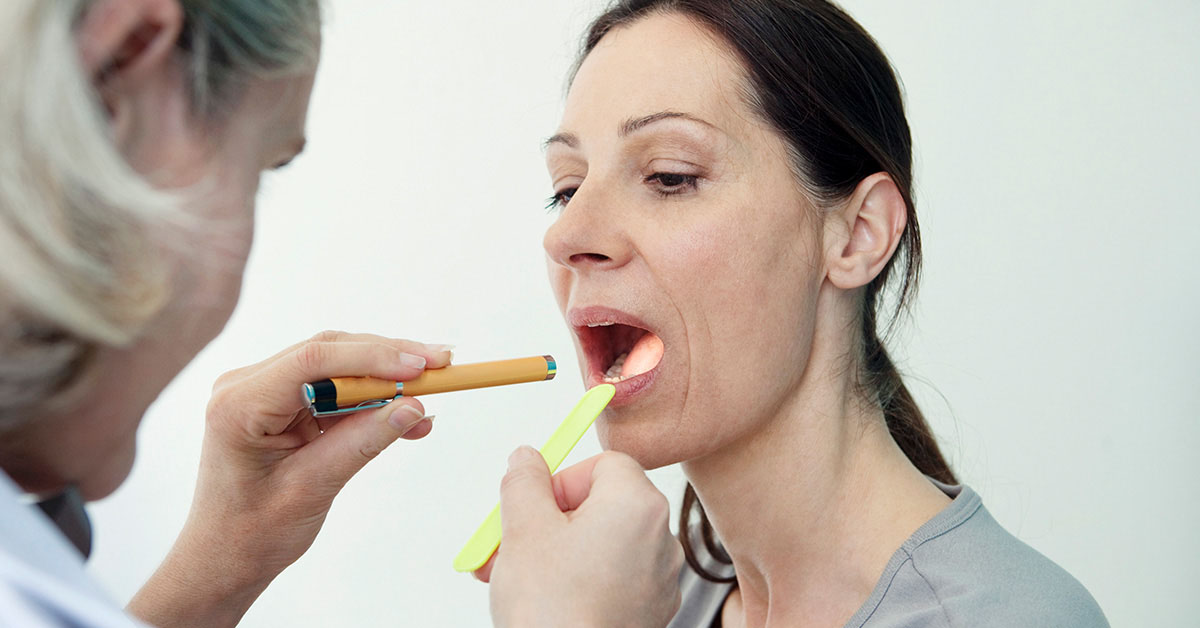
What is Sialadenitis?
Your salivary glands produce saliva, which helps the body's digestion process, including swallowing and protecting your teeth. Sialadentitis is a rare condition that occurs when one of the three main salivary glands becomes inflamed.
Sialadentitis can be a sudden, one-time condition that is treated and never returns, or it can be chronic or long-term complication. It most commonly affects elderly adults that have what are known as salivary gland stones (calcified formations inside a salivary gland), or newborns within the first couple weeks after birth.
Causes of Sialadenitis
The three main salivary glands are the following:
- Sublingual glands, located beneath the tongue
- Submandibular glands, located inside of your chin area
- Parotid glands, located in each cheek, forward of the ear
While Sialadenitis can impact one or more of the three glands, it typically affects the submandibular and parotid glands. The most common precursors, causes, and risk factors of Sialadenitis are the following:
- Bacterial or viral infection
- Poor dental hygiene
- Blockage in a salivary duct
- Tumor
- Mumps
- HIV and herpes
- Dehydration
- Malnourishment
- Immune system disorder
- If you are sick or recovering from a surgical procedure
Symptoms and Diagnosis of Sialadenitis
Common symptoms of Sialadenitis can include the following:
- Dry mouth or Xerostomia
- Pain or swelling around the mouth, cheeks, or neck areas
- Red skin around the mouth and cheeks
- Decreased saliva production
- Difficulty or pain when swallowing and eating
- Swelling, pain, reddened salivary glands
- Fever
- Pus forming in your mouth
- Chills
Diagnosis of Sialadenitis is usually diagnosed through a physical examination and through review of your symptoms, medical history, and family history. The physical examination will usually involve a doctor using a lighted scope or lighted mirror to examine each of your salivary glands for signs of Sialadenitis.
Treatments for Sialadenitis
As Sialadenitis is usually a result of some type of infection, it is commonly initially treated with a prescribed antibiotic to address that infection. To assist in the pain associated with Sialadenitis and to help restore saliva flow, doctors will typically recommend the following:
- Sucking on lozenges, hard candy, or sour lemons
- Using a warm washcloth to compress around the jaw or mouth area
- Massaging of the affected salivary gland
- Drinking additional water or water with lemon juice
Most instances of Sialadenitis do not require surgery. However, in the case of recurrent Sialadenitis, surgery to remove one or part of the problematic salivary gland can be an effective treatment if other options are insufficient.

